Protecting games from piracy and illegal distribution is crucial for developers to maintain revenue and fund future projects. This article covers the top 10 anti-circumvention methods used in the gaming industry to prevent piracy and safeguard game rights:
- Digital Rights Management (DRM) – Controls how games are used through online activation, limited installations, and periodic license checks.
- Watermarking – Embeds unique marks in game content to trace and identify sources of leaks.
- Online Authentication – Verifies user identities through secure servers to block unauthorized access.
- Encryption – Scrambles game data to make it unreadable without proper permissions.
- Copy Protection – Prevents unauthorized copying and sharing of games.
- Geo-Blocking and IP Restrictions – Limits access to game content based on user location.
- Take-Down Notices – Requests websites to remove pirated game content.
- Regular Updates and Patches – Keeps games secure by fixing vulnerabilities and outdating pirated versions.
- Integrity Verification – Checks for tampering or modifications to game files and data.
- Anti-Debugging Techniques – Detects and blocks debugging tools used for hacking and exploiting games.
| Method | Advantages | Disadvantages |
|---|---|---|
| Digital Rights Management (DRM) | Controls access, deters casual piracy | Resource-heavy, may impact performance, can be bypassed |
| Watermarking | Traces pirated copies, deters piracy | Can be detected and removed, may not stop all piracy |
| Online Authentication | Verifies legitimacy, prevents unauthorized access | Requires internet, vulnerable to server issues or hacking |
| Encryption | Protects game data, hard to access or modify | Resource-heavy, may impact performance, can be bypassed |
| Copy Protection | Prevents unauthorized copying, deters piracy | Can be bypassed, may impact performance |
| Geo-Blocking and IP Restrictions | Restricts access by location, deters piracy | May impact legitimate users, can be bypassed |
| Take-Down Notices | Removes pirated content, deters piracy | May not stop all piracy, time-consuming |
| Regular Updates and Patches | Makes pirated versions outdated, deters piracy | Requires continuous development, may impact performance |
| Integrity Verification | Detects tampering, deters piracy | Resource-heavy, may impact performance, can be bypassed |
| Anti-Debugging Techniques | Detects and prevents debugging, deters piracy | Resource-heavy, may impact performance, can be bypassed |
Implementing these anti-circumvention measures is crucial for protecting games, maintaining revenue streams, and providing a fair experience for legitimate players.
Related video from YouTube
1. Digital Rights Management (DRM)
Digital Rights Management (DRM) is a common way to protect games from being copied and shared illegally.
Overview
DRM uses software or hardware to control how a game is used. This can include:
- Requiring online activation
- Limiting the number of installations
- Binding the game to a specific user account
- Checking for a valid license periodically
Advantages and Disadvantages
| Advantages | Disadvantages |
|---|---|
| Helps prevent illegal copying and sharing | Can be intrusive for legitimate users |
| Supports features like trading cards and leaderboards | May cause performance issues |
| Protects revenue for developers and publishers | Can be cracked by determined pirates |
DRM aims to make it harder for people to share games without permission, but it can also be a hassle for those who buy games legally.
2. Watermarking
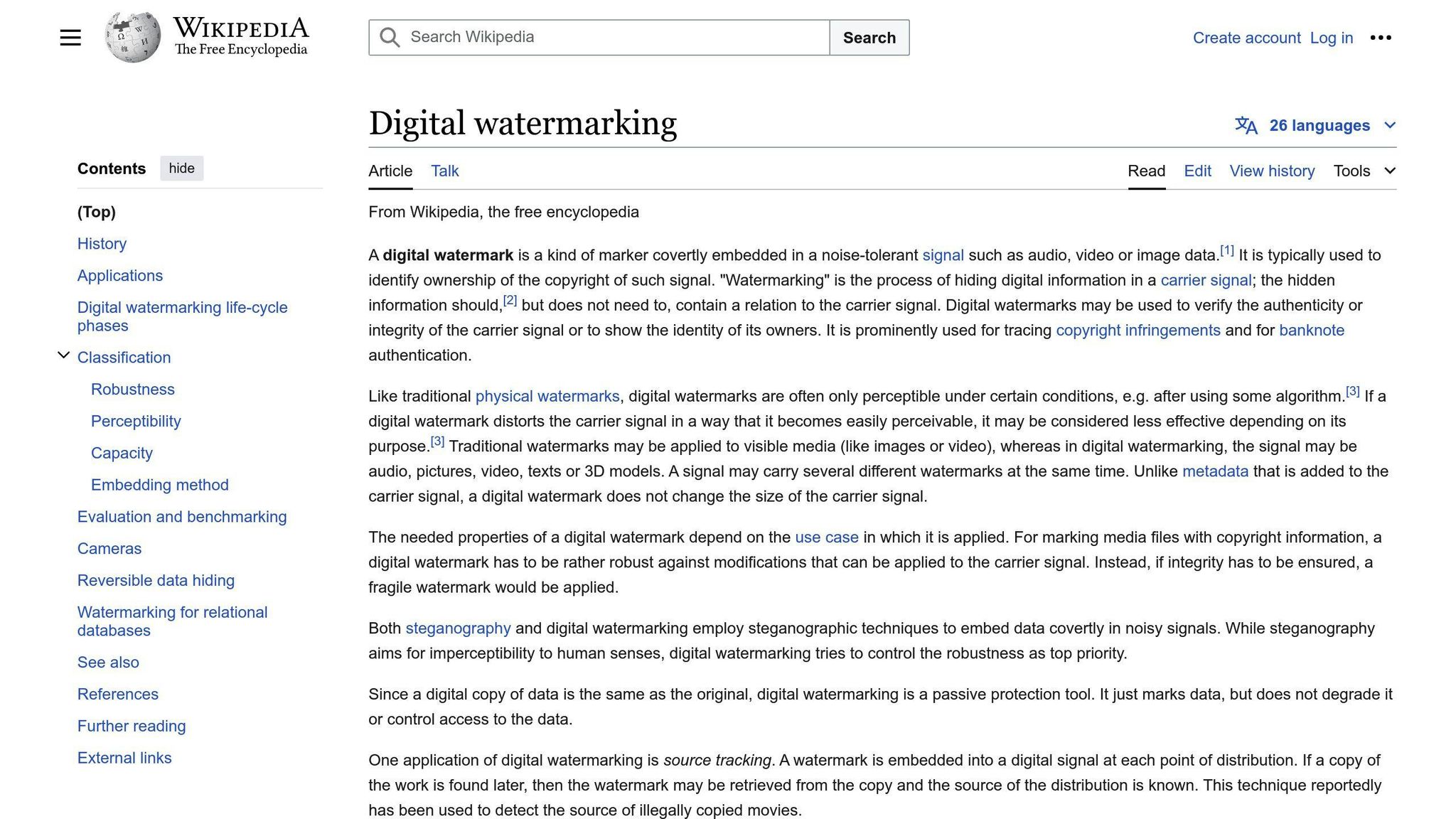
Overview
Watermarking helps game developers track and identify sources of leaked content. This technology embeds a unique mark into the game’s content, allowing developers to identify individual customers and take legal action against pirates.
Advantages
| Advantages | Description |
|---|---|
| Precise tracing | Enables developers to trace leaked content back to its source. |
| Deterrent effect | Deters potential leakers, knowing any unauthorized distribution can be linked to them. |
| Revenue protection | Helps protect developers’ revenue by preventing piracy. |
Disadvantages
| Disadvantages | Description |
|---|---|
| Visible or invisible watermarks | May affect the gaming experience. |
| Limited effectiveness | May not work against sophisticated pirates who can remove or alter the watermark. |
3. Online Authentication
Overview
Online authentication ensures that only authorized users can access a game’s content. This method verifies a user’s identity through a secure server, blocking unauthorized access and piracy.
Advantages
| Advantages | Description |
|---|---|
| Secure access control | Only authorized users can access the game. |
| Reduced piracy | Blocks unauthorized access, cutting down on piracy. |
| Better user experience | Provides a safe and legitimate gaming experience. |
Disadvantages
| Disadvantages | Description |
|---|---|
| Extra costs | Requires investment in secure servers. |
| Server downtime | Downtime can prevent users from accessing the game. |
| Complexity | Needs technical expertise to set up and maintain. |
4. Encryption
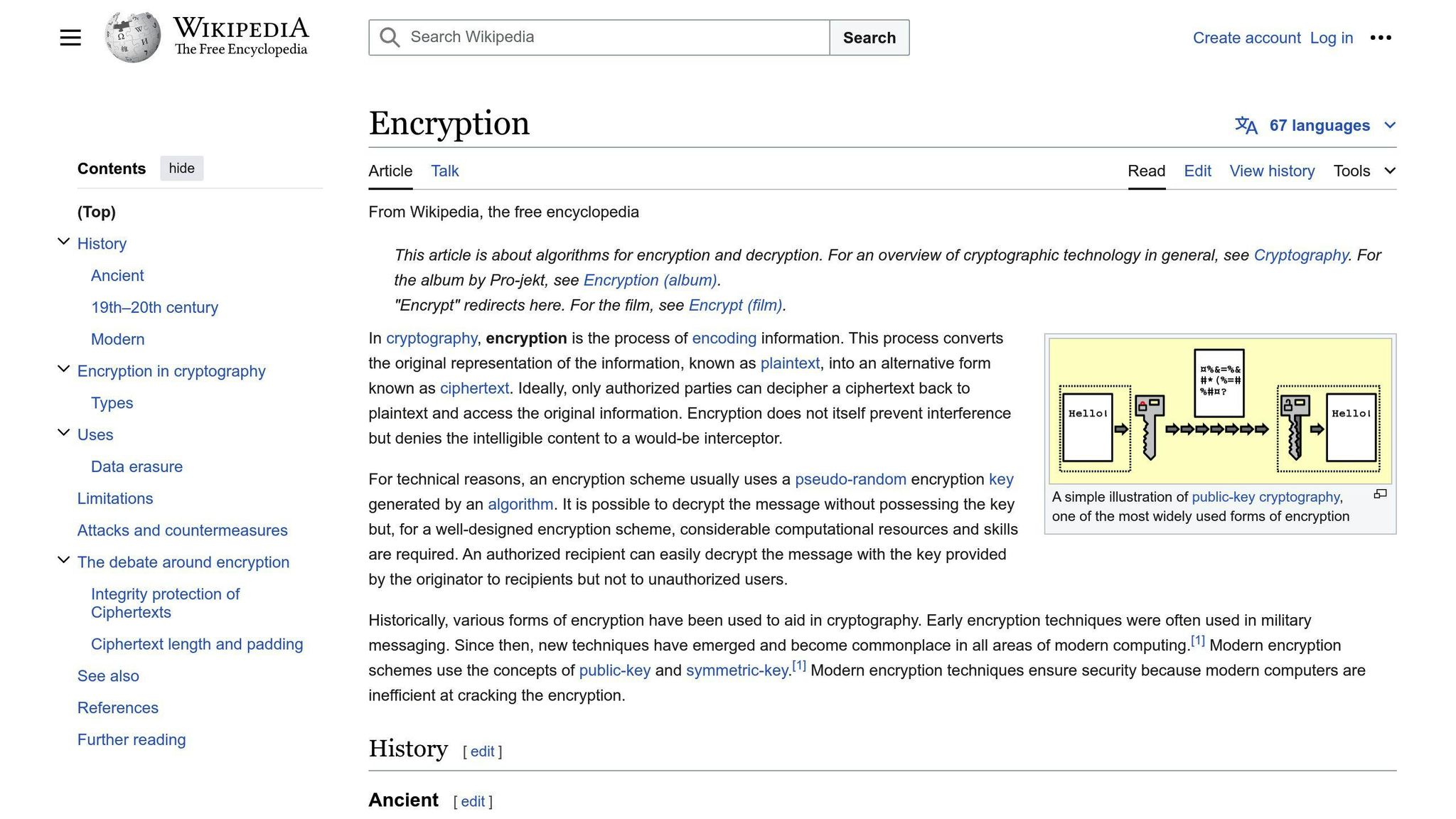
Overview
Encryption protects game data by making it unreadable to those without permission. Even if hackers get the data, they can’t use it.
Advantages
| Advantages | Description |
|---|---|
| Strong security | Hard for hackers to access and use game data. |
| Protects game assets | Keeps game content safe from theft. |
| Legal compliance | Helps meet data protection laws. |
Disadvantages
| Disadvantages | Description |
|---|---|
| Slows performance | Can make games run slower due to extra processing. |
| Key management | Handling encryption keys can be tricky. |
| Not foolproof | Determined hackers can still crack it. |
5. Copy Protection

Overview
Copy protection stops people from copying or sharing games without permission. It uses different methods to make sure only those who bought the game can play it.
Advantages
| Advantages | Description |
|---|---|
| Stops piracy | Makes it harder to copy and share games illegally. |
| Protects creators | Keeps the work of game developers safe. |
| Promotes legal buying | Encourages people to buy games legally. |
Disadvantages
| Disadvantages | Description |
|---|---|
| Can be annoying | Might need online activation or limit game features. |
| Can be bypassed | Some people might still find ways around it. |
| May slow down games | Could affect how well the game runs. |
sbb-itb-738ac1e
6. Geo-Blocking and IP Restrictions
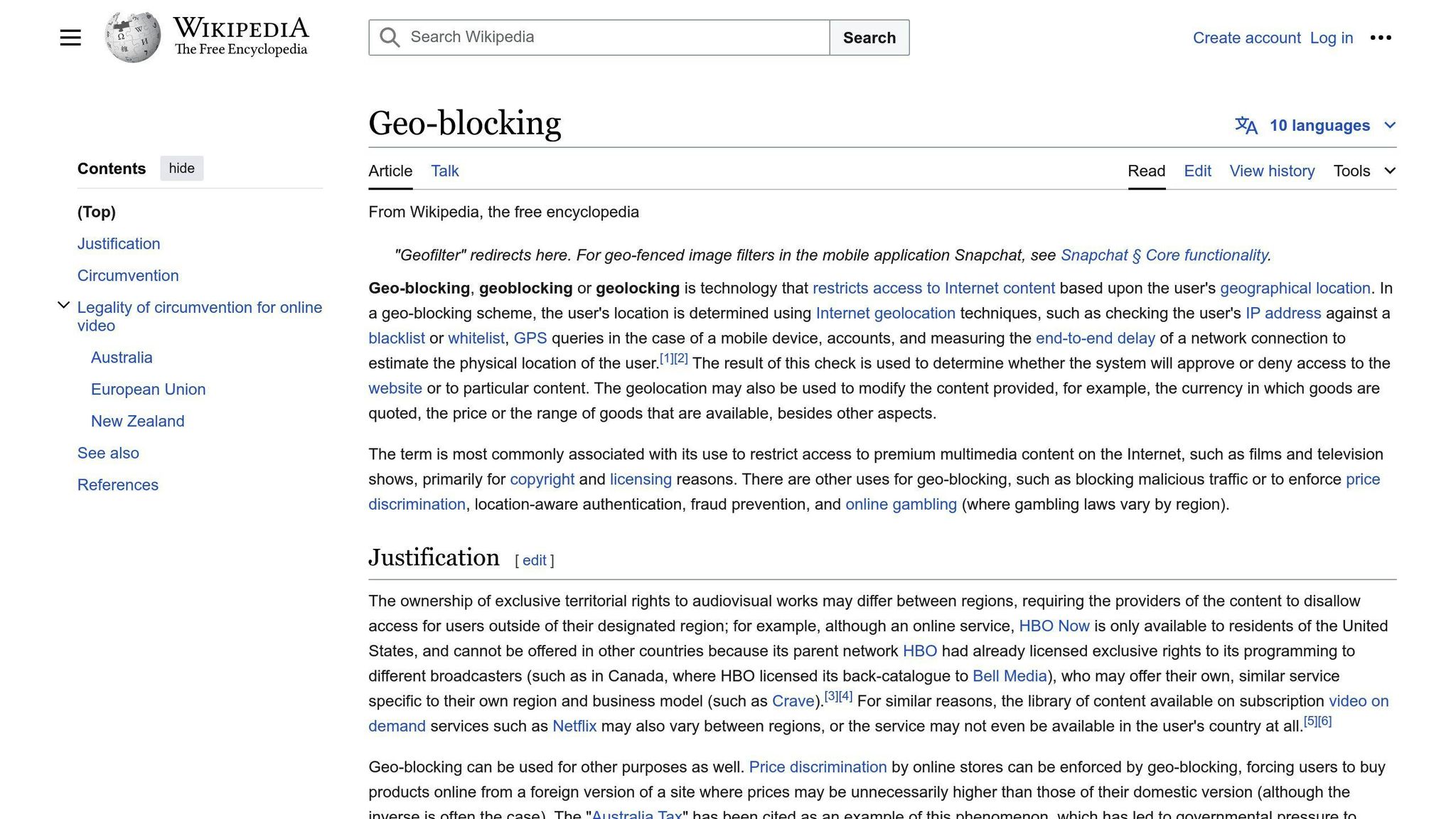
Overview
Geo-blocking and IP restrictions limit access to digital content based on location. This helps enforce copyright rules and control who can see the content.
Advantages
| Advantages | Description |
|---|---|
| Enforces copyright rules | Stops people from accessing content without permission. |
| Controls access by region | Lets creators decide who can see their content based on location. |
| Prevents unfair pricing | Ensures users in different areas pay fair prices. |
Disadvantages
| Disadvantages | Description |
|---|---|
| Can be bypassed with VPNs | Users can use VPNs to get around these restrictions. |
| May block legitimate access | Users traveling or living abroad might be blocked from content they have rights to. |
| Complex to set up | Hard to implement and maintain, especially for small creators. |
7. Take-Down Notices

Overview
Take-down notices involve asking websites to remove pirated game content. This method targets the sources of illegal distribution.
Advantages
| Advantages | Description |
|---|---|
| Fast removal | Can quickly remove illegal content, reducing piracy. |
| Protects rights | Helps safeguard developers’ intellectual property. |
| Legal action | Provides a legal way to address piracy. |
Disadvantages
| Disadvantages | Description |
|---|---|
| Time-consuming | Issuing notices can take a lot of time and resources. |
| Not always effective | Some platforms may ignore take-down notices. |
| Potential misuse | Can be used to target legitimate content or silence critics. |
8. Regular Updates and Patches
Overview
Regular updates and patches are key to keeping games secure. Developers release updates to fix bugs, add new content, and improve performance. This makes it harder for pirates to crack the game.
Advantages
| Advantages | Description |
|---|---|
| Better security | Fixes security holes, making it tough for pirates. |
| Improved gameplay | Adds new content and fixes bugs for a better experience. |
| Keeps players engaged | Regular updates keep players interested in the game. |
Disadvantages
| Disadvantages | Description |
|---|---|
| Resource-heavy | Needs time, money, and staff. |
| Possible downtime | Updates can cause temporary game access issues. |
| Balance needed | Too many updates can overwhelm players or cause issues. |
9. Integrity Verification
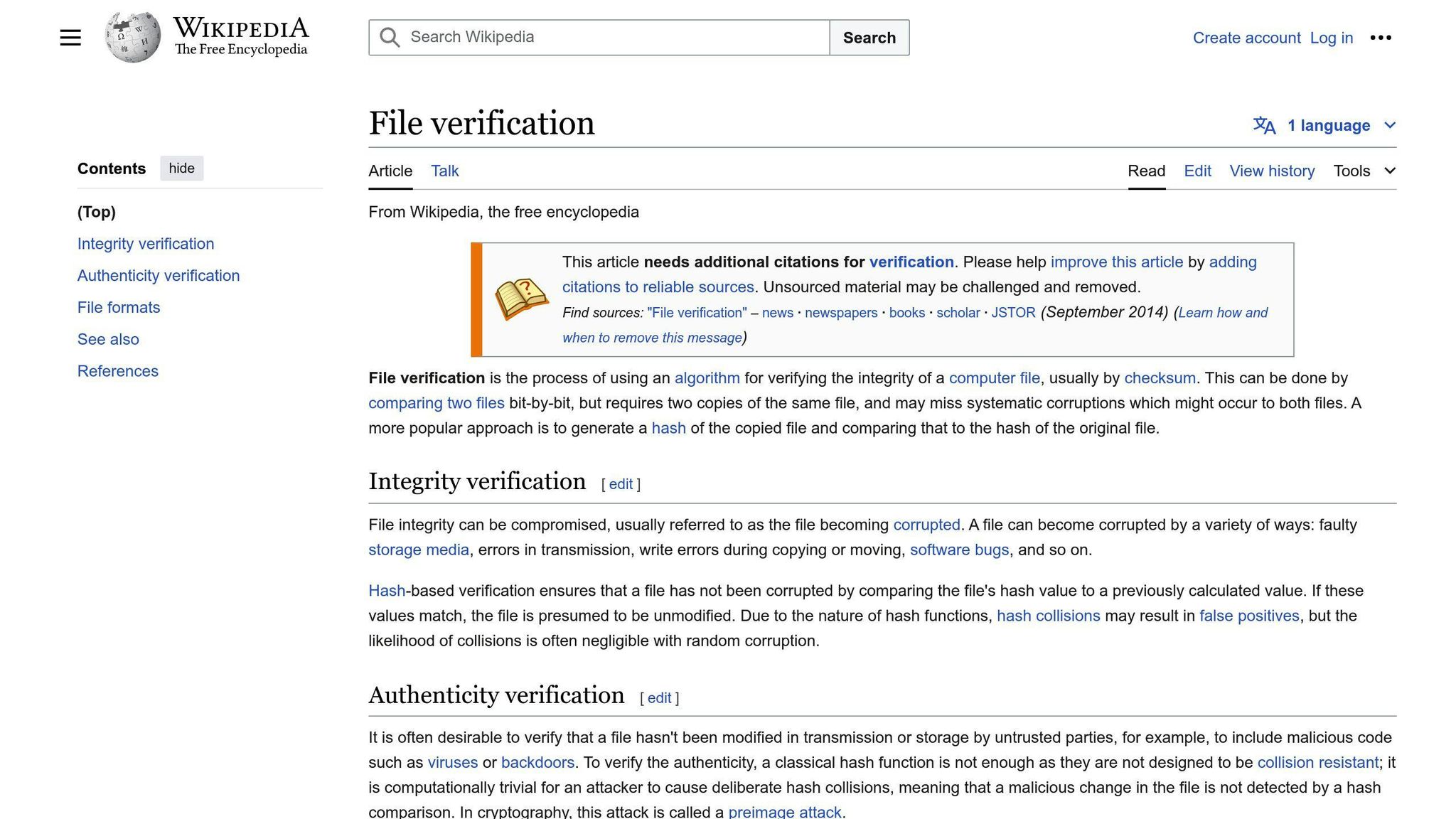
Overview
Integrity verification ensures game files and data stay unchanged. It checks for any tampering or modifications using techniques like checksums, anti-debugging, encryption, and obfuscation.
Advantages
| Advantages | Description |
|---|---|
| Prevents tampering | Ensures game files and data remain unchanged. |
| Detects cheating | Identifies and stops cheating by spotting modified files. |
| Improves security | Enhances game security by blocking unauthorized changes. |
Disadvantages
| Disadvantages | Description |
|---|---|
| Resource-intensive | Needs significant resources and computing power. |
| May not detect all changes | Some sophisticated modifications might go unnoticed. |
| Can be bypassed | Determined cheaters may find ways around it. |
10. Anti-Debugging Techniques
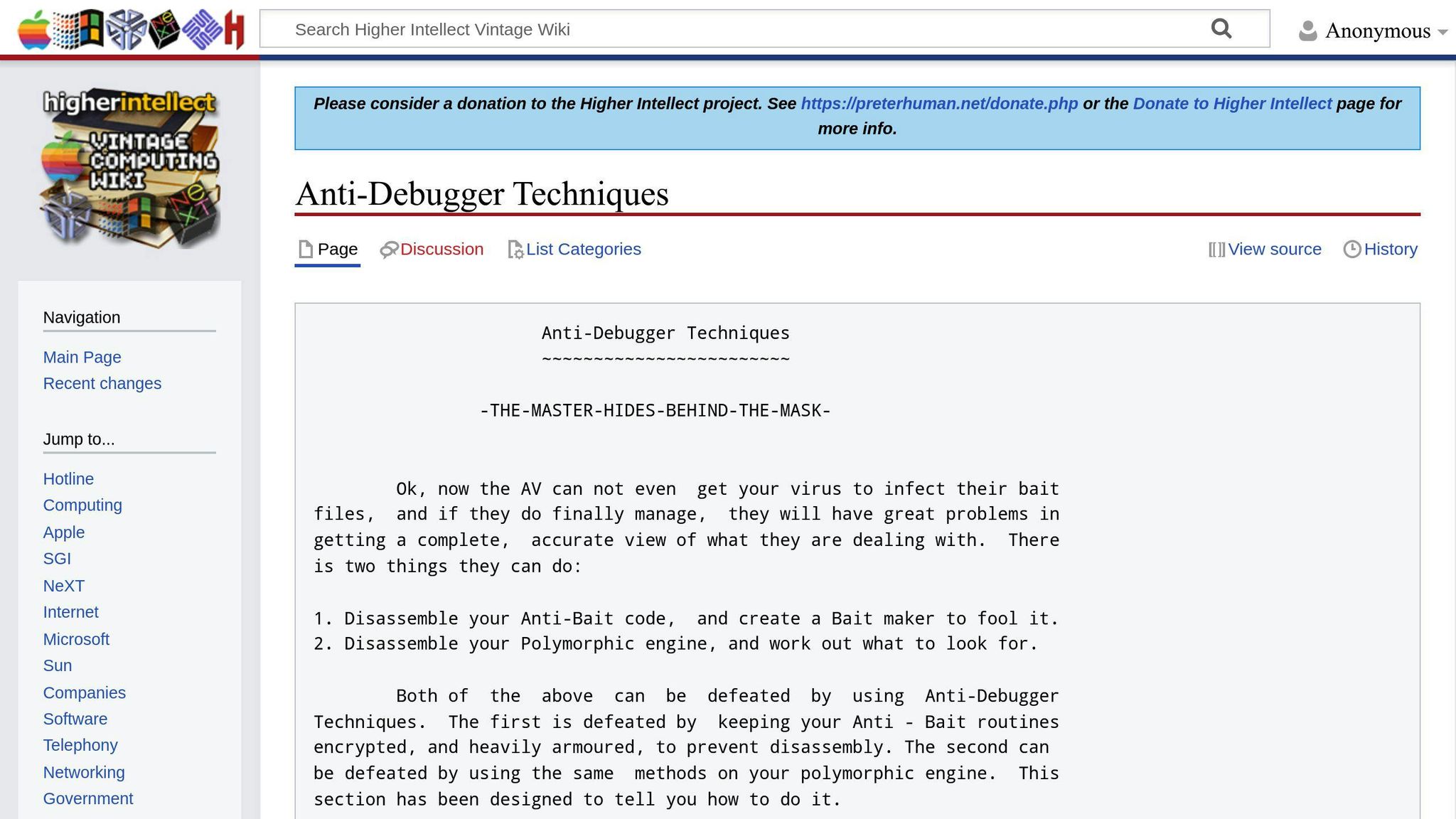
Overview
Anti-debugging techniques help stop people from tampering with game files. These methods detect and block debugging tools that hackers use to find and exploit weaknesses in the game.
Advantages
| Advantages | Description |
|---|---|
| Stops tampering | Blocks changes to game files. |
| Detects hacking | Finds and stops hacking attempts. |
| Boosts security | Makes the game more secure. |
Disadvantages
| Disadvantages | Description |
|---|---|
| Resource-heavy | Needs a lot of computing power. |
| Not foolproof | Some changes might go unnoticed. |
| Can be bypassed | Skilled hackers might find ways around it. |
Anti-debugging techniques like IsDebuggerPresent and breakpoint detection help protect game files from being tampered with. While they offer strong protection against hacking and piracy, they also have some limitations.
Anti-Piracy Method Comparison
To help you quickly compare the pros and cons of each anti-piracy method, we’ve compiled a table summarizing the key points. This table provides a concise overview of the methods discussed in this article, allowing you to easily evaluate and choose the best approach for your game.
| Method | Advantages | Disadvantages |
|---|---|---|
| Digital Rights Management (DRM) | Controls access to game content, deters casual piracy | Can be resource-heavy, may impact game performance, and can be bypassed by skilled hackers |
| Watermarking | Traces and identifies pirated copies, deters piracy | Can be detected and removed by skilled hackers, may not be effective against all types of piracy |
| Online Authentication | Verifies game legitimacy, prevents unauthorized access | Requires internet connection, may be vulnerable to server downtime or hacking |
| Encryption | Protects game data, makes it hard to access or modify | Can be resource-heavy, may impact game performance, and can be bypassed by skilled hackers |
| Copy Protection | Prevents unauthorized copying, deters piracy | Can be bypassed by skilled hackers, may impact game performance |
| Geo-Blocking and IP Restrictions | Restricts access to game content based on location, deters piracy | May impact legitimate users, can be bypassed by skilled hackers |
| Take-Down Notices | Removes pirated content from online platforms, deters piracy | May not be effective against all types of piracy, can be time-consuming and resource-heavy |
| Regular Updates and Patches | Makes pirated versions outdated, deters piracy | Requires continuous development and maintenance, may impact game performance |
| Integrity Verification | Detects and prevents tampering, deters piracy | Can be resource-heavy, may impact game performance, and can be bypassed by skilled hackers |
| Anti-Debugging Techniques | Detects and prevents debugging, deters piracy | Can be resource-heavy, may impact game performance, and can be bypassed by skilled hackers |
Protecting Your Game
Protecting your game from piracy and cheating is crucial in today’s digital world. With the rise of online gaming, the threat of piracy and cheating has become more sophisticated, making it essential to implement strong anti-circumvention measures to safeguard your game and digital content.
By using the top 10 anti-circumvention methods discussed in this article, you can effectively deter piracy, cheating, and other forms of unauthorized access to your game. Staying informed and continuously adapting to new piracy threats is key to protecting your game and maintaining a fair and enjoyable experience for your players.
Don’t underestimate the importance of protecting your game – the financial impact of cheating and piracy can be devastating, with estimated losses reaching billions of dollars annually. By taking proactive measures to secure your game, you can ensure the integrity of your product and maintain a loyal player base.

